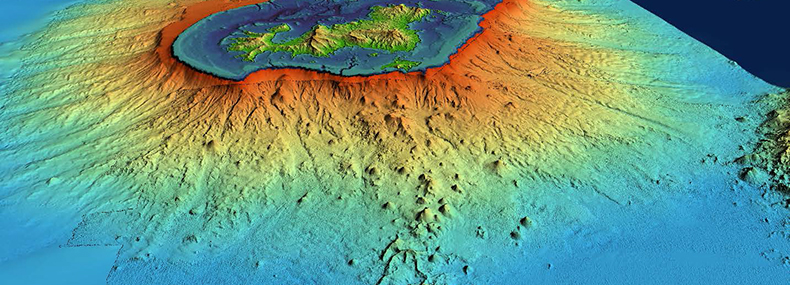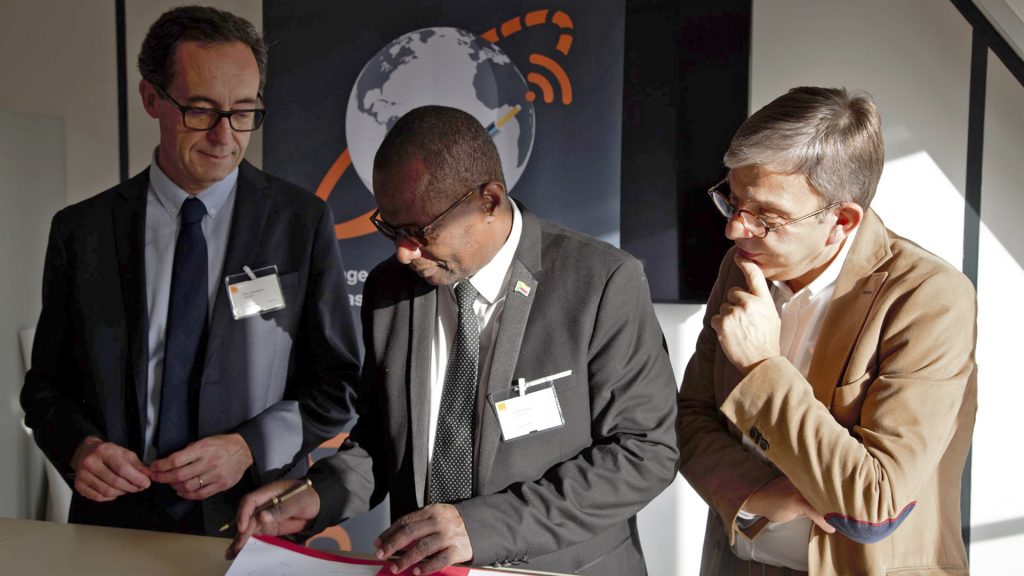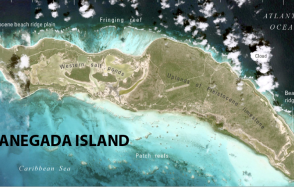Optical fiber available to researchers to better understand Mayotte earthquakes
Orange and the members of the FLY-LION3 (Lower Indian Ocean Network) consortium - Société Réunionnaise du Radiotéléphone and Comores Câbles - announce the signature of an agreement with the Institut de Physique du Globe de Paris (IPGP) to provide the IPGP's Réseau de Surveillance Volcanologique et Sismologique de Mayotte (Mayotte Volcanological and Seismological Monitoring Network) with a pair of optical fibers to experiment with a new technique for monitoring seismic movements in the region. The scientists involved hope to obtain a better picture of the major geological structures linked to current seismo-volcanic activity.

Publication date: 15/01/2020
Observatories, Press, Research
Related observatories : Volcanological and Seismological Monitoring Network of Mayotte (REVOSIMA)
Related themes : Natural Hazards









